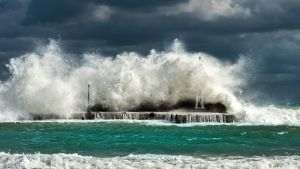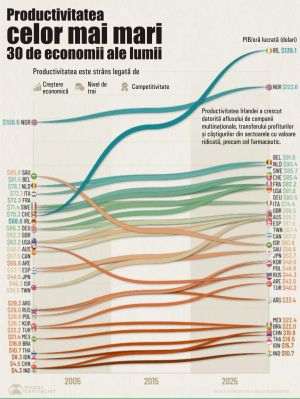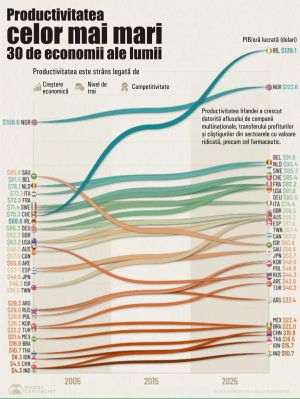The modernization of the railway infrastructure in our country is slow, because the political will and vision are lacking, although we have allocated the necessary European funds, said yesterday, Nicu Ştefănuţă, vice-president of the European Parliament, according to a press release sent to the Redaction. His Majesty shows that our country has benefited from 3.48 billion euros for the modernization and electrification of the railway network, of which 672 million euros through the European Interconnection Mechanism for the modernization of some key sections (such as Bucharest-Giurgiu) and for the expansion of railways across borders. Moreover, in the period 2014-2020, Romania received 120% of non-reimbursable external funds.
Nicu Ştefănuţă specified: "There were funds, but the results were seen too little or not at all. There have been plans to modernize the railway network for a very long time now, but they remain at the level of plans. Now is the time for the Government to accelerate the rehabilitation and electrification of railway lines. Romania needs new, electric or hydrogen-based trains that are faster and more energy efficient. From the European level, Romania receives funding and support both for the modernization of the railway network and for the completion of projects aimed at connecting to European transport networks. So we have money, we only lack the will and the vision".
That is why the vice-president of the European Parliament requests the Ministry of Transport to provide clarifications regarding the modernization of the sectors of the TEN-T network, respectively Arad - Timişoara - Caransebeş and Cluj-Napoca - Bihor Diocese, as well as information regarding the status of the works carried out with European funding on the Corridor Rhine-Danube railway between Simeria and Kilometer 614. Also, in the context in which Romania gave up, last summer, the railway infrastructure modernization projects financed from PNRR on the Constanţa - Mangalia and Videle - Giurgiu routes, Nicu Ştefănuţă asked for clarifications with regarding other funding sources that the Ministry of Transport and Infrastructure is considering.
The European deputy mentions that, due to the poor infrastructure, the CFR imposes speed restrictions on trains and shows that in the European Union the average speed recommended for passenger transport is 160 km/h, while in Romania, the average speed of passenger trains is 55 km/h.
Nicu Ştefănuţă added: "I want Romania to have at least three high-speed railways by 2030, and 10 by 2045, through which the big cities of Romania are connected to each other, but also to European capitals. If the Ministry of Transport and Investments does not assume some long-term goals and does not act, we will remain a people who are afraid to get on the train".
The Vice-President of the European Parliament mentions that, of the 11,000 kilometers of the railway network in Romania, only 4,031 kilometers are electrified, i.e. 38%, which is far below 57% - the EU average. Nicu Ştefănuţă also points out that CFR operates 1100 trains daily, but since Romania's accession to the EU, only 800 kilometers of railway have been modernized, and that 5 out of 10 CFR bridges have exceeded their normal operating life, and many other sections of track the railway needs urgent repairs.











































